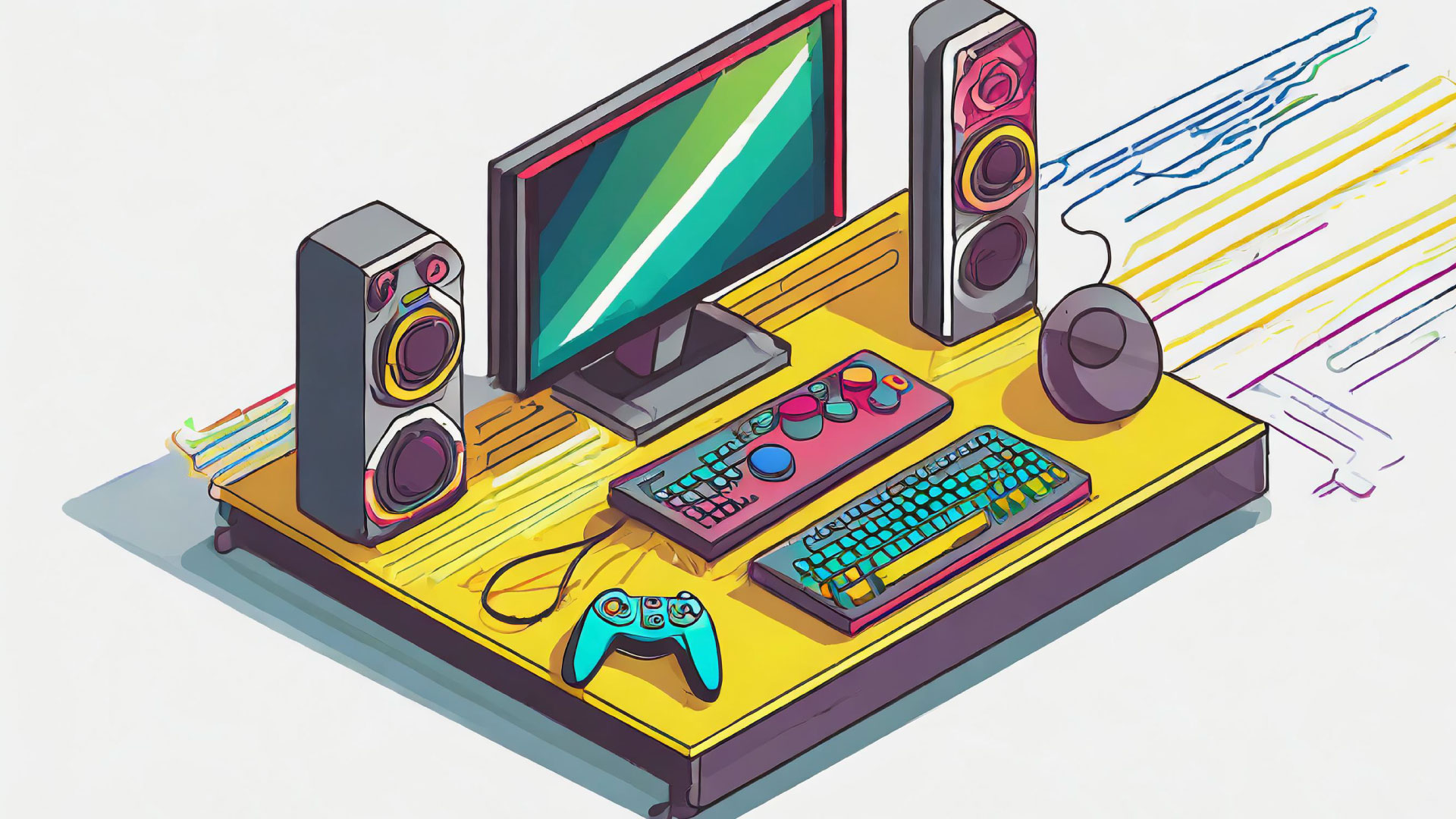How do you fill a blog from the world of AI with exciting and interesting content? So many topics have been discussed in detail by so many people in recent months. What new aspects can we add to it? We asked ourselves these questions in the team today and once again it turned out that the spontaneous ideas are often the best. A new blog section, the “Splitblog” is born. From now on, every month a team member can choose a topic from the AI environment that will be highlighted in this category.
It starts with our backend developer Florian and the topic “AI as an opponent in video games”
A brief look at the video games of recent years shows that most of the improvements have largely been related to the graphics. More and more details, ever larger worlds, ever better resolution. The graphics in many games are now so sophisticated that they can hardly be distinguished from reality. But what about the behavior of the various characters? Especially when it comes to programming the NPCs, it is reasonable to assume that artificial intelligence has been used here for a long time. NPCs are the non-playable characters in a video game, such as passers-by, road users or even opponents. In many games, it is already possible to interact and communicate with them and their behavior often seems unpredictable. But what looks like artificial intelligence from the outside is actually the achievement of the game developers. Instead of artificial intelligence, video games often use so-called “pathfinding”. This means that the paths and actions of the NPCs were determined during the development of the game. The options of the NPCs are limited in this case and can depend on various factors, such as the strength of the player. The more possible options and factors that are defined in the development, the more realistic the behavior of the NPCs appears.
But why isn’t AI used in game development?
The assumption is that the use of artificial intelligence improves the gaming experience. The behavior of the NPCs would be more situational, individual and less predictable. Communication could also be adapted much more to the players.
What is often disregarded in this supposed improvement, however, is that a learning AI could quickly ruin any fun. The probability is high that it would be almost impossible for the players to win against AI-controlled NPCs. Also, because the NPCs could team up.
And another factor would be difficult to control: NPCs that are based on AI would, for example, be able to leave locations and simply “no longer participate”. Under these conditions, storytelling within a video game is not feasible.
In simple terms, the use of artificial intelligence in video games would negatively affect the fun of the game. Who likes to play a game that you can’t win?
Nevertheless, there are first games in which artificial intelligence is used. The worlds and possibilities are still limited in these games, but that will change. Development teams have already succeeded in limiting the superiority of AI-controlled NPCs, for example. A good example of this is AlphaStar. An AI-based program that has been trained to play StarCraft II. Here it has already been possible to throttle the AI in its actions and abilities, so that AlphaStar remains a fair opponent (at least for absolute game professionals). We can be curious to see how AI can be integrated into video games in the coming years.

